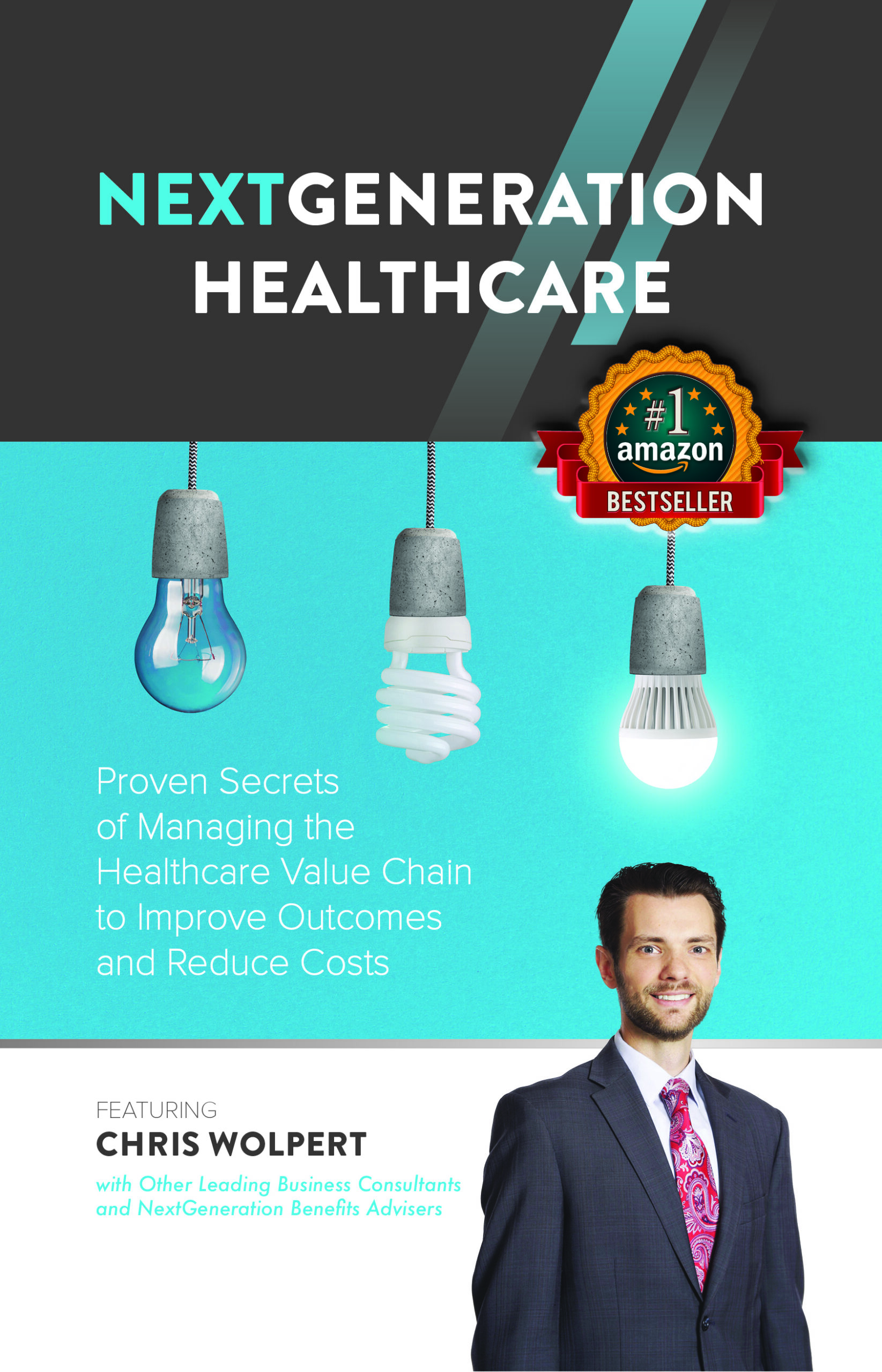If you are running a business, you need to get an early start on preparations for your small group health plan open enrollment, particularly now as so much confusion abounds about the state of health insurance in the country.
With recent new regulations, options have changed for employers and you need to stay focused on maximizing your outcomes within your budget. You also want to drive participation, as that too can reduce overall rates for you.
Understand your options
Familiarize yourself with the various options that you have:
Health maintenance organizations – HMOs are typically the least expensive plans because they require enrollees to visit their personal physicians and tightly controlled in-network doctors. Going out of network is discouraged with high out-of-pocket costs. An HMO will usually only pay for care outside of the plan network when it’s an emergency or another unusual situation.
Preferred provider organizations – PPOs contract with hospital and provider networks to help control costs. While they will cover services outside of the network, the cost is higher than going in-network. PPOs are more flexible than HMOs, but premiums are often higher – as are some out-of-pocket costs.
One difference from an HMO: PPO enrollees don’t need a referral from their primary care physician if they are going to a specialist.
Point of service – A POS health plan is a mix between an HMO and a PPO-style health insurance policy. With a POS health plan, your staff has more choices than with an HMO, but they will usually need to select a primary care provider and need a referral to see a specialist.
Exclusive provider organizations – The EPO is also a PPO-HMO hybrid. Enrollees need to receive covered services inside of the network, except in a few instances, but they can also see a specialist without a referral from their primary care doctor.
Besides the above, you will also need to decide if you want to reduce the premium for your organization and staff by offering high-deductible health plans. These plans can be either an HMO or a PPO, but they have the same feature of having a high deductible that needs to be met before benefits really kick in.
For 2024, for a plan to qualify as an HDHP the deductible must be at least $1,400 for an individual and $2,800 for a family. The average HDHP deductible is $2,349, but many plans exceed $3,000.
These plans usually have an attached health savings account to which your workers can transfer funds pre-tax from their paychecks to use for paying deductibles, copays and other medical expenses.
Check your budget
In 2022, group health insurance premiums averaged $659 a month ($7,911 annually) for single coverage, and $1,872 per month – or $22,463 per year – for a family, according to a survey of employers by the Kaiser Family Foundation.
You can reduce your premium outlays by imposing higher premium cost-sharing requirements on your staff. But, make sure you stay within the guidelines of the Affordable Care Act, which requires that plans be “affordable,” meaning they cannot cost more than 9.12% (in 2023) of an employee’s household income. This number changes each year, and the percentage has not yet been set for 2024.
Be mindful, though: if you try to unload too much of the premium on your workers, you may see people leave your plan and, if too many decide not to participate, you may not be able to offer the policy. Try to offer plans that will be valuable to your staff as well as affordable.
Maximizing enrollment
If you want to find out what your employees expect from their benefits, you can run a survey of all your staff. It can cover the basic elements of the plans you are going to choose from, and ask them which ones they would find most valuable. Then, move forward organizing your plan based on their response.
Your goal is maximum participation, and you can work with us to start disseminating materials and reaching out to those who may need plans explained to them. Give them some time to look the plans over. Employees want to know what changes are being made to their benefits packages in advance, so make sure you give them time to look through the offerings.
Next, plan to hold a meeting a month before open enrollment starts, in order to go over the plans and options with your staff, as well as any significant changes you’ve made.
During the meeting, highlight the value of each of the plans you are offering. Unfortunately, there will be those among your staff that haven’t really paid attention at all to the plan documents you gave them earlier.
Focus on the basics:
- What each plan costs them.
- What’s covered under the plan, and
- When and how to use it.

